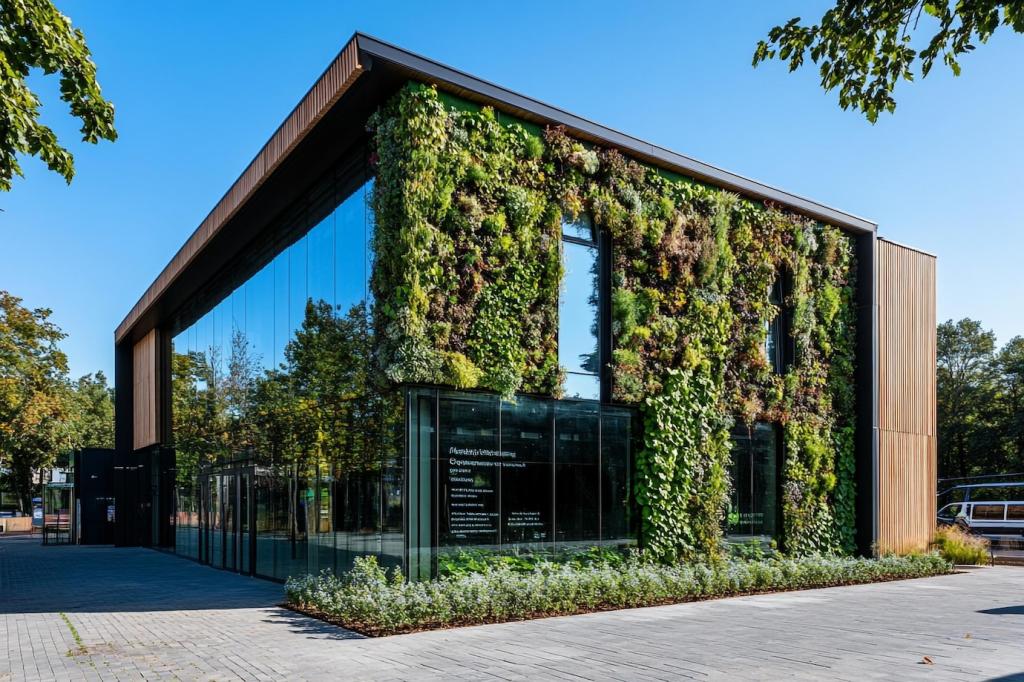Renewable Building Resources: Innovations and Trends
As the world moves toward a more sustainable future, the construction industry is undergoing a transformation fueled by renewable building resources. Emerging innovations are redefining everything from the materials we use to the methods we employ in design and construction. This shift contributes not only to a reduced environmental footprint but also ushers in new possibilities for energy efficiency, resilience, and aesthetics in modern architecture. Understanding the latest trends in renewable building resources is essential for designers, builders, and stakeholders who wish to remain at the forefront of sustainable practices.
Material Innovations in Sustainable Construction
Engineered Timber and Cross-Laminated Timber
Engineered timber, especially cross-laminated timber (CLT), is revolutionizing the construction of mid-rise and even high-rise buildings. By layering and gluing pieces of wood at perpendicular angles, manufacturers create panels that are lightweight, incredibly strong, and highly fire-resistant. The sustainability advantage comes from using fast-growing, renewable forest resources rather than carbon-intensive concrete or steel. CLT structures sequester carbon and are produced with lower emissions, making them attractive for eco-conscious developers. Additionally, CLT panels can be prefabricated with precision, reducing waste and expediting construction timelines. The warmth, versatility, and robustness of engineered timber are making it a central player as cities pivot toward net-zero construction.

Smart Integration of Renewable Resources
Buildings are increasingly constructed with their own renewable energy systems built right into their skins. Photovoltaic panels are no longer just add-ons; they are being seamlessly integrated into fa�ades, roofs, and even windows. These building-integrated photovoltaics (BIPV) harness sunlight to generate clean electricity, thereby slashing operational carbon footprints and supporting resilience against energy grid disruptions. Advanced solar glass and thin-film panels are designed to maintain aesthetic appeal while meeting strict efficiency standards. With incentives and declining costs, solar-integrated buildings are not only innovative but also rapidly becoming accessible to a wider array of projects.

Circular Economy Approaches in Building
Modular Construction and Reusability
Modular construction embraces the manufacturing of standardized components in controlled settings, enabling not only rapid assembly but also future disassembly and reuse. These modular units are crafted from renewable or recycled materials and fit together easily, minimizing on-site waste. Buildings designed with modularity in mind can be adapted, expanded, or even relocated, maximizing resource efficiency over their lifespan. By treating the built environment as a dynamic system—rather than a fixed asset—modular approaches challenge conventional notions of permanence and encourage sustainable growth and flexibility.
Upcycling of Demolition Waste
Urban renewal projects often generate significant volumes of demolition waste, yet recent innovations are finding ways to reincorporate these materials into new construction projects. Bricks, timber, and metals recovered from old structures are cleaned, processed, and upgraded for use in contemporary architecture. This form of upcycling reduces landfill burdens while preserving the embodied energy of the original materials. It also connects new projects to local history and heritage, fostering a sense of continuity and identity. Developers and designers are increasingly collaborating with deconstruction experts to source valuable waste streams and ensure that buildings become repositories for future resources.
Digital Tracking of Material Flows
Innovative digital tools now enable the precise tracking of materials and products throughout their life cycle, enhancing accountability and enabling efficient circular practices. Material passports, embedded RFID tags, and blockchain ledgers provide up-to-date information on the origin, composition, and performance of building components. This digital infrastructure supports easier recycling, repurposing, or repair, ensuring materials do not become stranded waste. By investing in transparency and traceability, the construction industry lays the groundwork for an economy where renewable building resources circulate and retain value over multiple generations.
